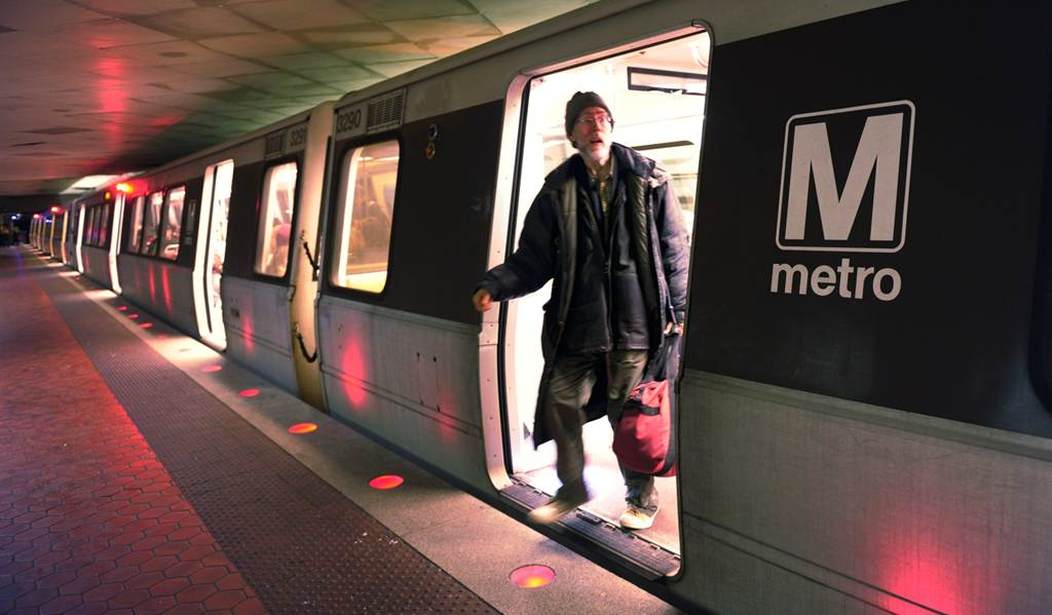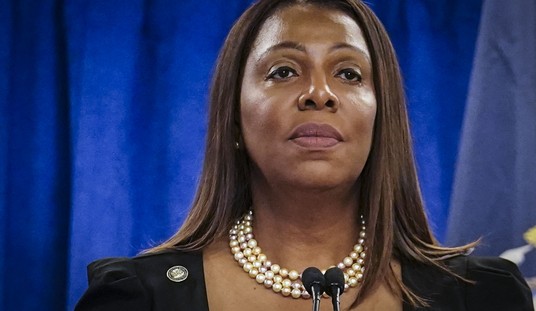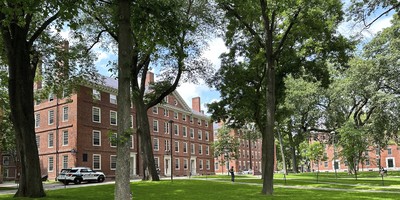My mother passed away just before Easter of this year. During her last five months, she made six trips to the emergency room. Her journey from failing health to death gave our family an opportunity to observe, first hand, the positives and negatives of our transitioning healthcare system. Essie Jackson was a frugal senior citizen who suffered from a rare form of blood cancer and expired from complications of that health challenge. Thankfully, she had my family and myself to help her navigate the last few months of life. Most of the poor or elderly would not have been able to travel 45 to 60 minutes (each way) to take advantage of the region’s best healthcare options.
Instead of the large, efficient hospitals where everything is state-of-the-art; the poorest and weakest citizens must use the clinics and hospitals that serve the patients that no one else wants. These Medicaid patients (whose reimbursements are much smaller than those of private insurance) and patients without insurance are on the lowest rung of the healthcare food chain. The institutions that serve them are struggling. Many such organizations initially welcomed ACA, believing that it would help their uninsured patients get covered. But ironically, these are the very institutions whose existence is now threatened.
Now that the ACA has been in effect for a few months, the unintended consequences of the law are becoming clearer. Initially, the obvious problem was that far more insurance plans were being canceled under the ACA’s regulations than were being selected in the exchanges. This seemed to defeat the ACA’s goal of expanding healthcare coverage. The higher premiums that younger healthier adults were being charged to subsidize the care of those who were older or who had preexisting health conditions also attracted a lot of attention. But not much has been made of the ACA’s effect on the segment of population it was supposed to help the most: the poor.
Little discussed in the thousands of pages of the ACA bill were its deep cuts to Disproportionate Share Hospital (DSH) payments. These were to begin this year, but last Fall were delayed by the Obama Administration until 2016. DSH payments go to hospitals that treat a large number of uninsured patients who are unable to pay their bills. Each year, there are about 130 million emergency room visits. The 1986 Emergency Medical Treatment and Active Labor Act (EMTALA) requires that hospitals provide emergency treatment to anyone, regardless of ability to pay. Naturally, the hospitals doing the most of this kind of charity care rely on the DSH payments to stay in business.
Recommended
Even with the delay of the DSH cuts, hospitals and clinics that serve lower income populations are struggling to plan for the future. Anticipation of the ACA’s cuts caused the world-renowned Cleveland Clinic to announce large numbers of layoffs last Fall. In California, 1.3 billion dollars was cut from county health departments where it funded safety-net clinics that treated the poor. Natividad Medical Center in Salinas, California is one of many smaller facilities that have struggled with the cuts, as they have tried to hold onto their few privately insured patients since the passage of the ACA. The dollars were rerouted to accommodate the ACA’s expansion of Medi-Cal, the state’s Medicaid program.
Unfortunately, this is not just an urban or minority problem. Rural hospitals that serve the poor are also threatened. In Forkland, Alabama, where residents earn just an average of $10,000 per year, Bryan Whitfield Memorial Hospital relies on DSH payments to cover its razor thin profit margins. If it has to close, or if it stops providing expensive services like labor and delivery, Forkland residents will be forced to drive 50 miles to Tuscaloosa for treatment.
The cuts to DSH payments, needed to help defray the other expenses associated with the ACA, were justified by the idea that hospitals and clinics serving the poor would start treating larger numbers of patients with private insurance obtained through the exchanges. But this hasn’t happened at Bryan Whitefield, and in some poorer neighborhoods, the effect has been exactly the opposite.
The Washington Post recently reported on a local clinic, Mary’s Center in Adams Morgan, which for decades has treated some of Washington, D.C.’s poorest residents. They rely on DSH payments and a modest percentage of privately insured patients to make ends meet. After the passage of the ACA, two large MedStar clinics opened nearby. According to the Post, the MedStar clinics have drawn the few privately insured patients away from Mary’s Center, putting the center’s future in jeopardy. In short, the ACA regulations and requirements may soon be unintentionally putting smaller urban clinics and rural hospitals out of business, further restricting the poor’s access to healthcare.
Of course the cuts to DSH payments were initially made with the assumption that the ACA would achieve universal healthcare coverage; with everyone theoretically covered either by Medicaid, Medicare or private insurance through the ACA exchanges, clinics would no longer have to treat uninsured patients. In reality, however, there are still many uninsured, both illegal immigrants and those who simply haven’t purchased insurance. (And as the New York Times recently reported, at least 20% of those who enrolled in the exchanges have not paid their premiums.)
Even if the rollout of the ACA website hadn’t been so problematic, the failure of some Americans to purchase health insurance shouldn’t have been that surprising. Our track record with mandated insurance coverage has been horrific. For example, despite laws requiring auto-insurance in virtually every state; the Insurance Research Council estimates that 13.8% of American motorists are still uninsured. The ACA is actually hurting the very people it is intended to help. Further, it is probably time to admit that there will be no simple fix to ACA. In fact, it may be beyond fixing - “The Jury is Still Out!”






















Join the conversation as a VIP Member